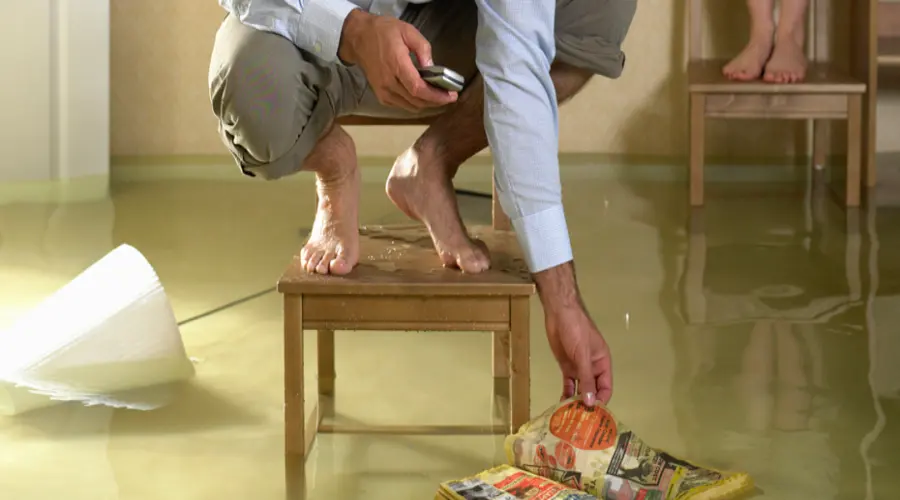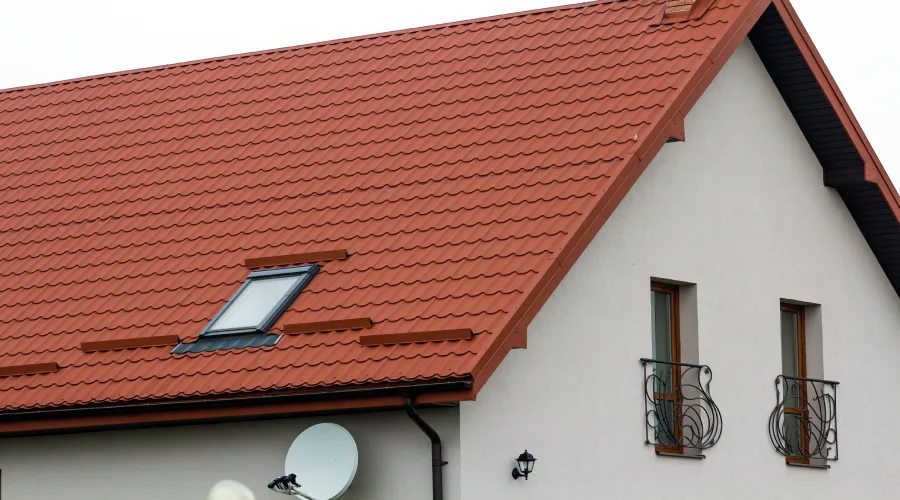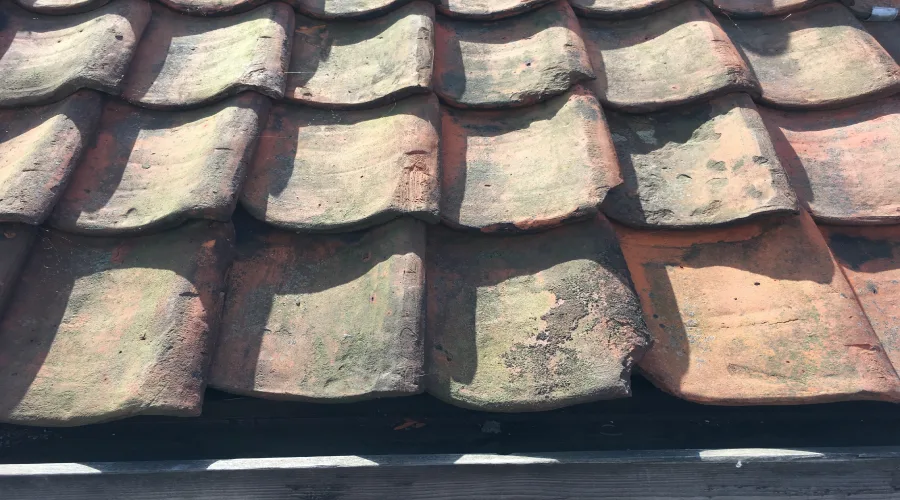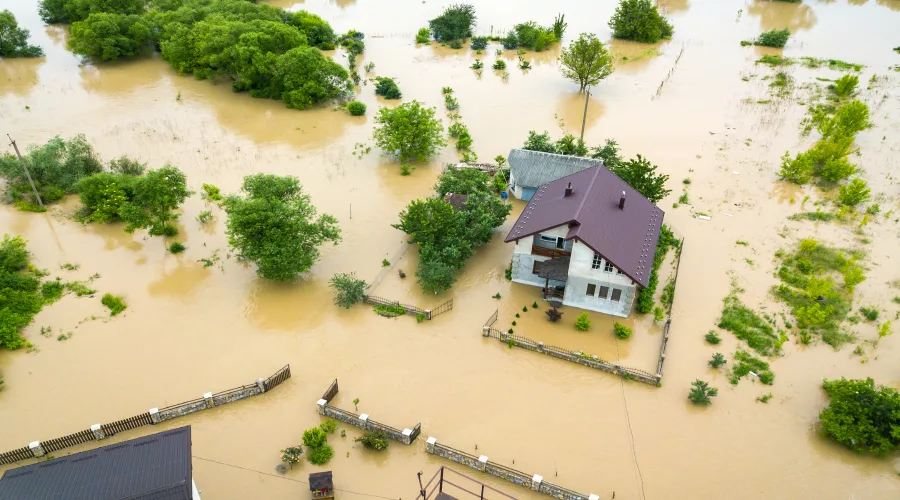Downpours and storms can swiftly fill your basement with water and cause an absolute mess. While rummaging through soggy books in boxes, wetting carpeting as well as floating dog food bowls and soiled sofas, you may be overwhelmed by the options to do.
But don't delay.
Basement Flood Cleanup advises you to immediately take action to clean up the water and repair the damages caused by blocked drains, defective sump pumps, or blocked gutters. Mold can begin to develop within the first 24 to 48 hours. It is important to take your belongings that are damp and dry them as quickly as you can.
To ensure safety, contact your power provider as well as an electrician or professional flood cleanup service when you notice a large quantity of water that is still standing in the basement. It is possible to cut off the power before entering the water. Be careful not to touch anything electrical.
1. The Aftermath Of This Photo
If you plan to submit an insurance claim, or not, get out your smartphone and snap photographs and videos of the affected area as well as outside prior to clearing up. According to FEMA If you decide to submit an insurance claim, this data will help the adjuster evaluate your claim. After you've taken photos of everything, you can begin throwing out things that are likely to cause mold to grow, such as bedding, clothing, pillows and cardboard boxes, paper bags, and any food that is perishable.
2. Get Rid Of Water
Remove the water as quickly as possible. A couple of inches of stagnant water is usually able to be removed with a vacuum. If you don't own the wet vac, you can purchase one, borrow or lease it. The most severe water damage could require an expert like ServPro and ServiceMaster. If the damage isn't too serious it is possible to use towels to clean the water off, however, they must be cleaned and dried in order to stop the growth of mold.
3. Dry It Off
Make use of dehumidifiers as well as fans to circulate air and prevent the development of mildew and mold. Make sure that dehumidifiers are at least six to eight inches from the walls to ensure the best air circulation. Clean and wash their filters every week or more to make sure the fan operates effectively. Make sure your air conditioner is running constantly. Dispose of any damp boxes.
4. Scrub Flooring
Linoleum and vinyl tiles, and various other surfaces that are hard can be cleaned with a solution that contains no more than one cup of chlorine bleach per gallon of water. While doing this, wear rubber gloves, and protective eyewear, and ensure that the room is ventilated.
5. Clear And Examine The Drains, Gutters, And Downspouts.
Wear rubber gloves and inspect basement drains and steps. Eliminate any twigs, leaves, or mud. Clean the drain screen, give it a thorough cleaning and, if required make use of a plunger or a plumber's snake for clearing the drain. Clear out gutters and downspouts all around the home.
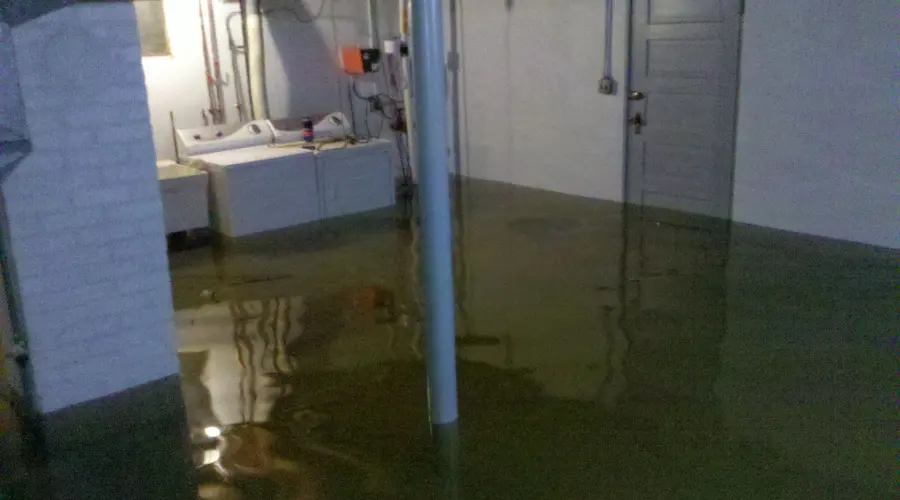
6. Place Important Documents In The Freezer
If important documents or precious documents have become damp it is possible to try placing them into the freezing. This will stop the growth of mildew and the deterioration of your documents until you are able to look after them in the future. Be sure to not store things of value in your basement, and instead utilize cement blocks for keeping your possessions and appliances away from the floor. Storage bins made of plastic are more efficient than cardboard boxes to store basement items.
Four Items That Could Be Restored After A Basement Flood
The water can cause damage not just to your home but also to your furniture, as well as other personal belongings too. The porous materials in your building absorb excess moisture and water that could cause significant destruction to this material. The absorption makes it easier for water to move throughout the building and causes more destruction. In addition, the more water in the area, the greater the chance of serious mold and structural damage.
The basement particularly is a part of the house which is particularly susceptible to damage from flooding. Outside water may seep into the foundation through holes or other cracks in the foundation. Additionally, pipes that carry water may rupture or leak and spread water across the entire area.
Many people utilize their basements for storage, while others have basements that are filled with furniture and other personal belongings. Whatever way you utilize your basement, a flood in the basement can cause damage to your possessions. However, if you experience damage from a flood, it doesn't necessarily mean that all your belongings have been destroyed. In the case of water present, some items could be salvaged.
Read on to find out more about the things that can be salvaged in the aftermath of a basement flood, and the best way to save these items.
1. Appliances
If an appliance suffered any kind of damage during the event of a flood, it shouldn't utilize until a certified professional has approved it as it could be dangerous. This is due to the fact that a large portion of appliances come with motors as well as other components that are sensitive. Water can damage the components of the appliance.
Appliances are repairable however, it is contingent on the severity of the flooding that took place. If the floodwater is just an inch deep, there's likely that the appliances can be fixed. If the water is much deeper, repair costs could be expensive. In this case, it is recommended to repair the device.
2. Electronics
We all know that electronics and water do not go together. If electronics are exposed to water, they may be damaged and later damaged and corroded. But that doesn't mean that electronics damaged by water cannot be repaired. With the help of professional restoration, there's an opportunity for your electronic devices to be salvaged. The devices are moved to a temperature and humidity-controlled area to treat them and aid the control in minimizing the extent of the damage.
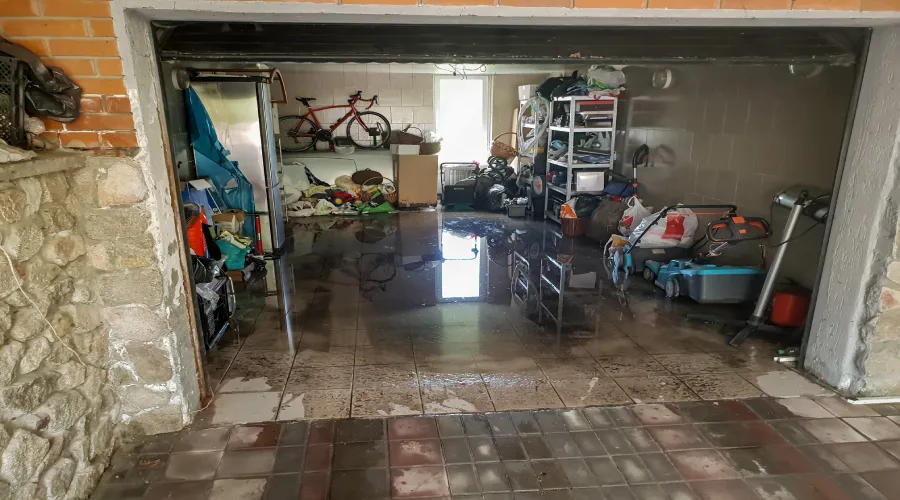
3. Furniture
Based on the kind of furniture which sustained flooding damage, there's the possibility that it could be repaired.
Drying methods that are specific to the type of wood may be needed for wood-based furniture to stop the effects of warping, however, they are still salvageable by refinishing and sanitizing work. But furniture made of wood is generally not salvageable since the water eliminates the lamination.
If you own furniture that was damaged during flooding in your basement then the worth of the furniture is something worth looking at. If the furniture is vintage, the cost of restoration is well worth it. In other cases, the fabric and cushioning are not worth the costs of restoration and would be better to be discarded. They can become damaged and may have been absorbed by harmful floodwater.
4. Paper Products
If paper products suffer flooding damage, they can be saved by using professional services. However, prompt intervention is essential. Papers must be separated from one another as well as dried in a soft manner prior to any mold forming developing. Books require absorbent covers to wipe the pages prior to air drying. Photos that are damaged are able to be saved by using specially developed freezing techniques.
The toxicity of the water is an important aspect to think about. If the floodwater contained contaminants as well as other harmful elements it is recommended not to salvage it because of the health risks they may create.
Cleaning Up The Basement After Flooding
If you live in a home that is flooded in the basement be sure to contact a flood cleanup service immediately. If you don't act immediately the damage from flooding will only increase, and the chance of salvaging damaged contents decrease.
With the assistance of expert restoration experts, The moisture and water within your basement are eliminated and the affected areas are then thoroughly dried. This is done by with the help of advanced dehumidification equipment and equipment for water extraction. These are vital steps as they prevent mold from growing due to excessive water.
Roof Damage Repair in Anchorage technicians will clean and repair damaged areas as well as items like furniture, carpeting, rug electronics, photographs, and more. If the mold has already started to grow within your basement technicians will offer mold removal services in addition.


